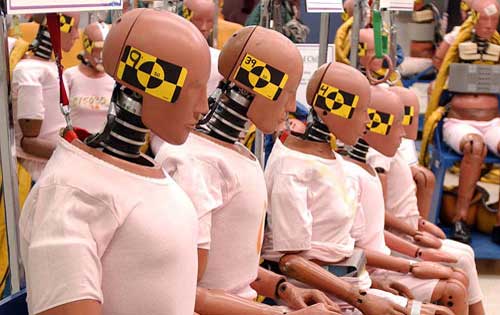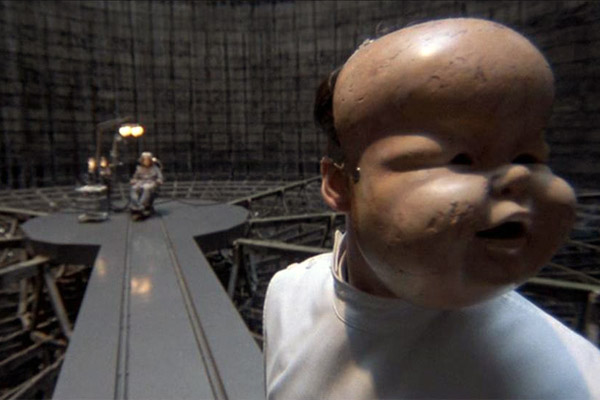
“At the point of his steadily leveled revolver he has, he declares, on several occasions compelled automobilists to obey his commands.”
Horses didn’t take kindly to automobiles when the new-fangled vehicles began to join them on the road in the late 1800s, and neither did some horse owners. Just such a story of tradition at loggerheads with the future appeared in the Brooklyn Daily Eagle on June 26, 1902, when most cars were still powered by electricity and steam. An excerpt:
“Dr. William B. Gibson, one of the coroners of Suffolk County, who resides in Huntington, carries a big loaded revolver for the declared purpose of shooting down any automobilist who refuses to slow up and get to one side of the road while he passes with his spirited team, which is described as being very nettlesome and easily terrified at every noisy approach of the automatic vehicles. The doctor, who is a political power in this county, declares vehemently that in the case of the large racing road machines he insists that they be driven into the fields when he approaches, and at the point of his steadily leveled revolver he has, he declares, on several occasions compelled automobilists to obey his commands. The doctor takes the position that the roads are made for the convenience and the use of residents of the country, who in passing over them in the pursuit of their daily vocation or pleasure should not have their lives endangered by any person who may choose to operate the noisy machines propelled by steam.
The average automobilist of the racing sort not alone, declares the doctor, is utterly regardless of the fright into which he throws the horses he meets, but adds to the terrifying din of his machine by infernal noises meant to act as warnings.
‘I am compelled to use the roads on business in going to and from my patients and in attending to my duties as coroner,’ says the doctor, ‘and I do not propose to have my life endangered by any person, and there is no law of the land or the state that can compel me to desist from taking due measures toward protecting myself from being maimed or killed.’

“Now, get into the field,” yelled the doctor, “or I’ll shoot you down.”
At the recent dinner of the examining doctors of the Royal Arcanum, held in Manhattan, Dr. Gibson declared in the presence of half a dozen brother physicians that he would certainly shoot and kill any person who while controlling an automobile refuses to stop and get to one side to permit his horse or team to pass into safety and without endangering his safety.
Coroner Gibson, although an officer of the law, has secured a permit from a justice of the peace to carry a revolver, and in applying for the weapon he made a statement embodying the specific reason he had in wishing to be armed. Soon after securing the permit, the coroner, while driving along one of the country roads surrounding Huntington, was met with one of the heavy automobiles known to the country side as red devils. According to the story of the occurrence, as told by the official himself, the automobilist must have received a decidedly strong impression of the ability of the hayseeds to protect themselves.
Standing up in his carriage the doctor leveled his revolver at the approaching automobilist and loudly shouted at him to halt. The sight of the leveled pistol had its effect and when the astonished owner of the terrifying machine had obeyed the command, he further ordered him, in no uncertain language, to give more room for the passing of the frightened horses.
‘Now, get into the field,’ yelled the doctor, ‘or I’ll shoot you down.’ The manner accompanying the order was convincing and into the field went the automobile.”
























